
Section E New Testament
Chapter 50 - The Siloam Pool
The Pool of Siloam sits to the south of the City of David on the west side of the eastern hill. It received water from Hezekiah’s Tunnel, which came originally from the Gihon Springs.
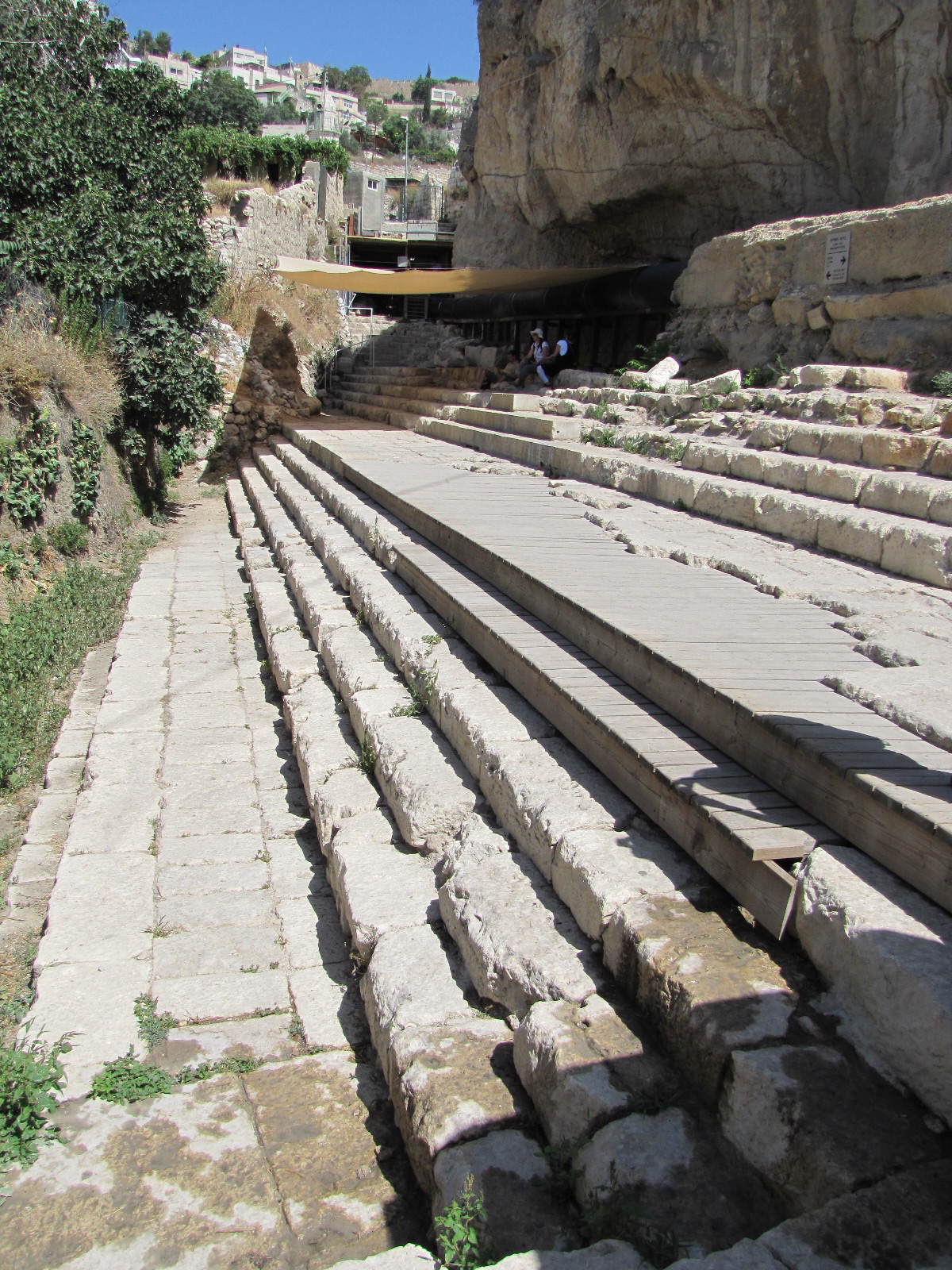
This is a view of one side of the Pool of Siloam. The steps and platforms would allow people to walk down to the water level, which would change depending on the season and the amount of rainfall. The pool is not yet excavated to the left of this photo. Notice the corner of the pool in the bottom right corner of this photo.
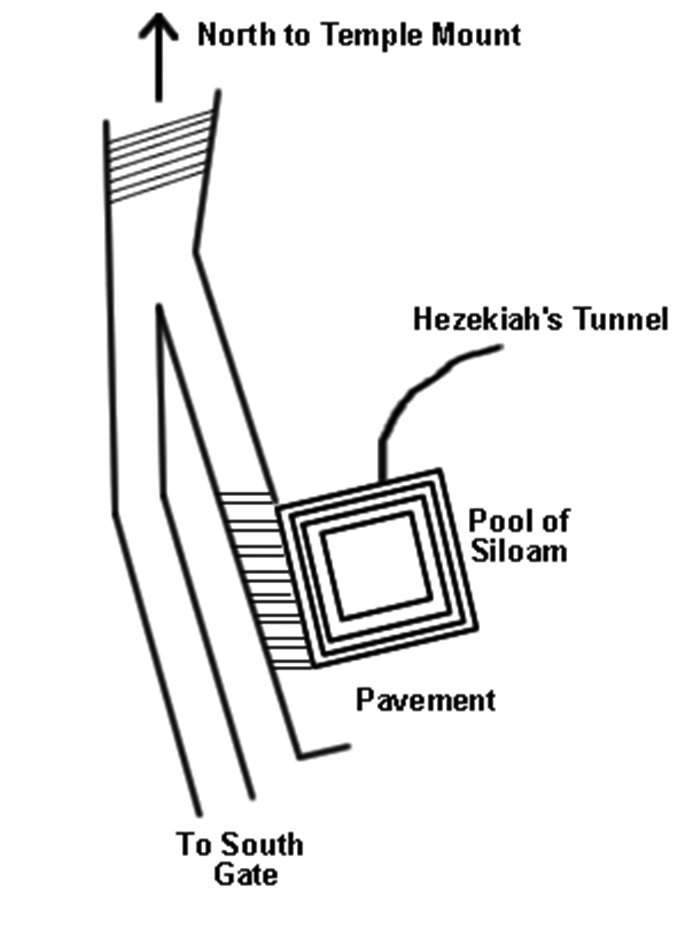
Notice the relationship of the stepped stone street to the Pool of Siloam and Hezekiah’s Tunnel.
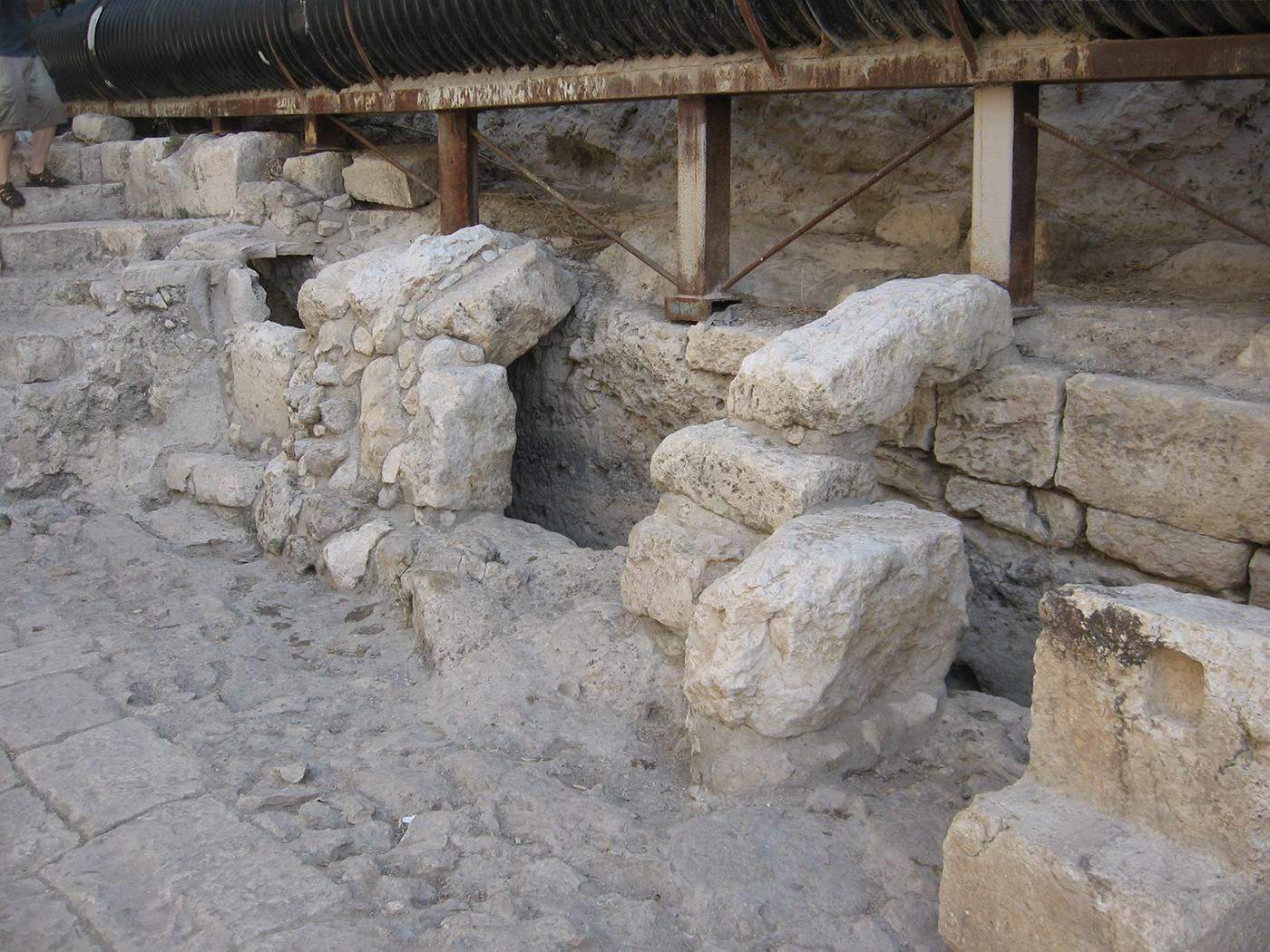
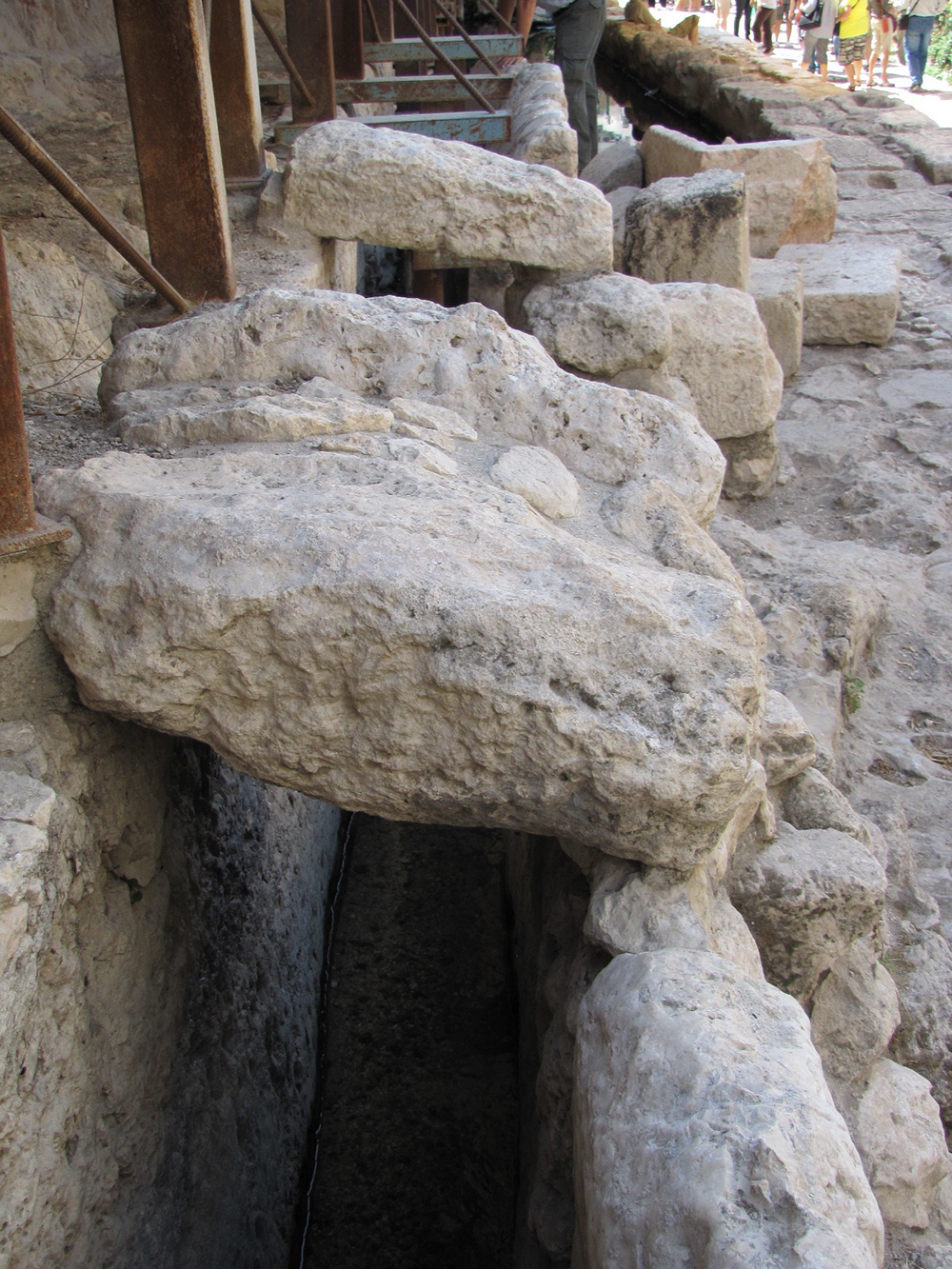
Water from Hezekiah’s Tunnel still flows through a covered channel near the Pool of Siloam, and some of the original covering stones are still in place. Notice the stone pavement in the bottom left corner and the steps in the top left. This pool was discovered in 2004 during the preliminary stages of a public works project in the area.
The stones of the covered channel that brings water from Hezekiah’s Tunnel into the area.
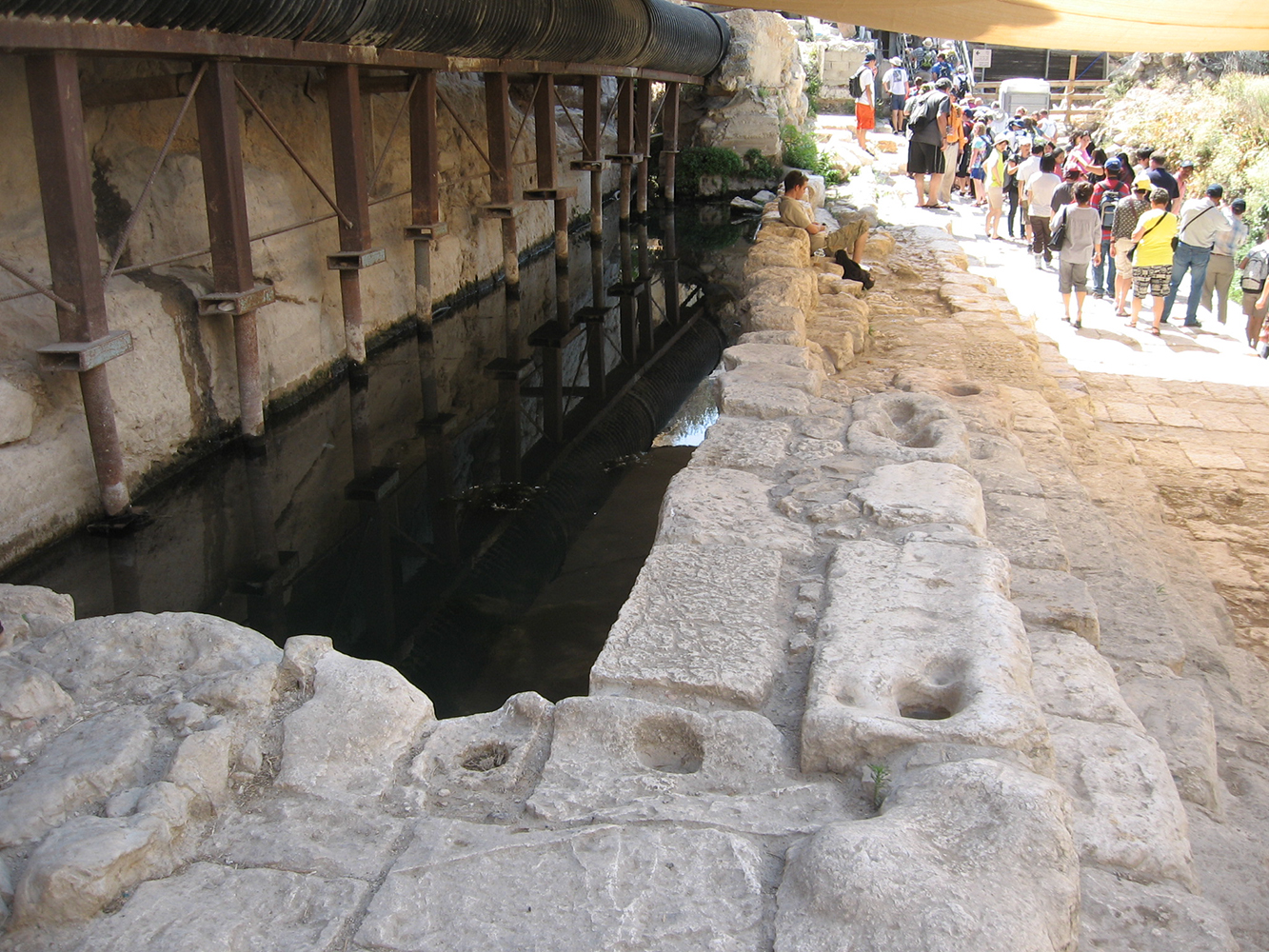
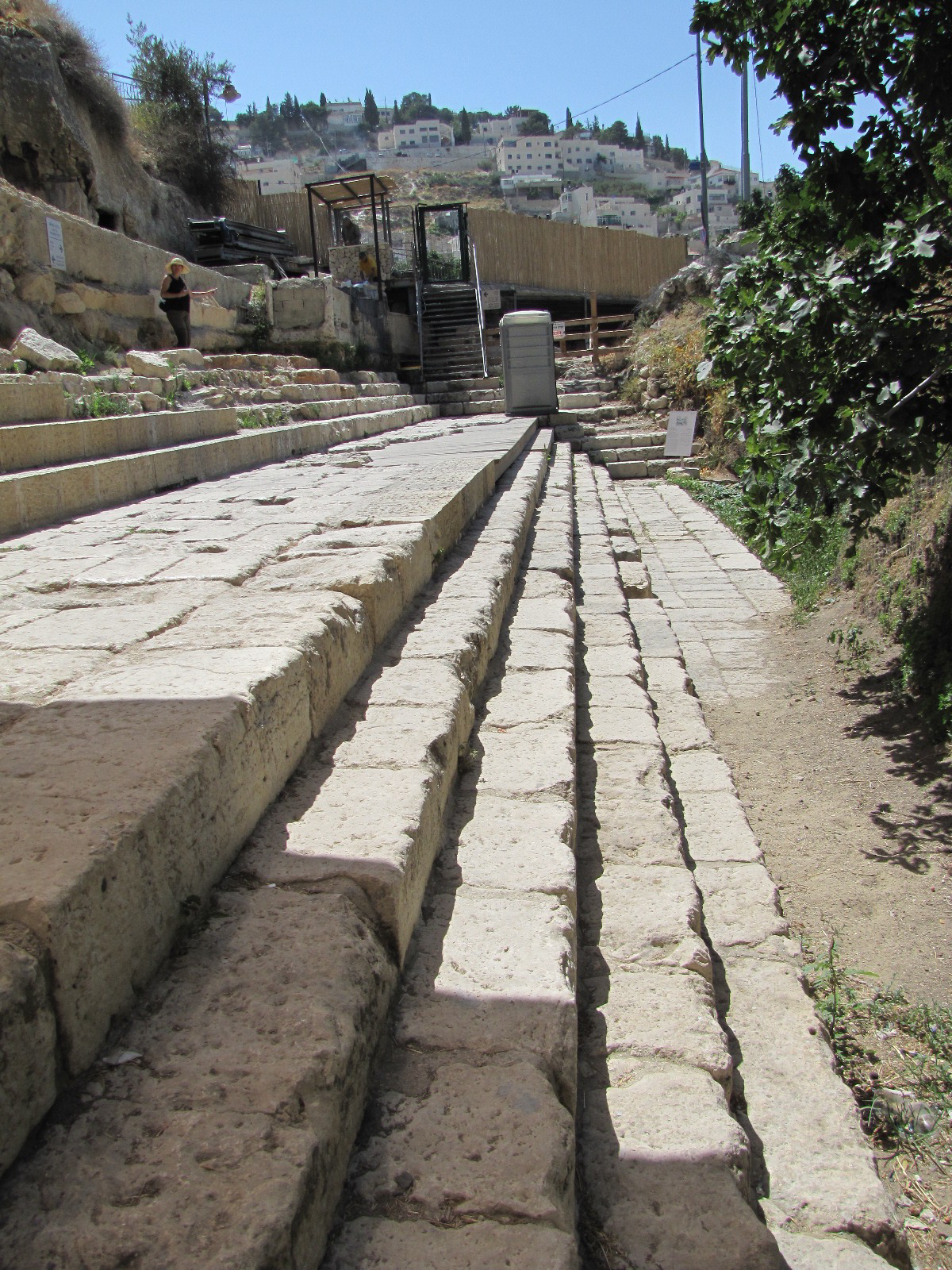
This is the water channel. The Pool of Siloam is to the right in this photo. The circular holes in the pavement were designed to hold water jugs while they were being filled.
The steps of the Pool of Siloam. The corner of the pool can be seen in the background. This view shows the size of this important pool from the days of the New Testament, where Jesus sent a blind man to wash the mud from his eyes in John 9.
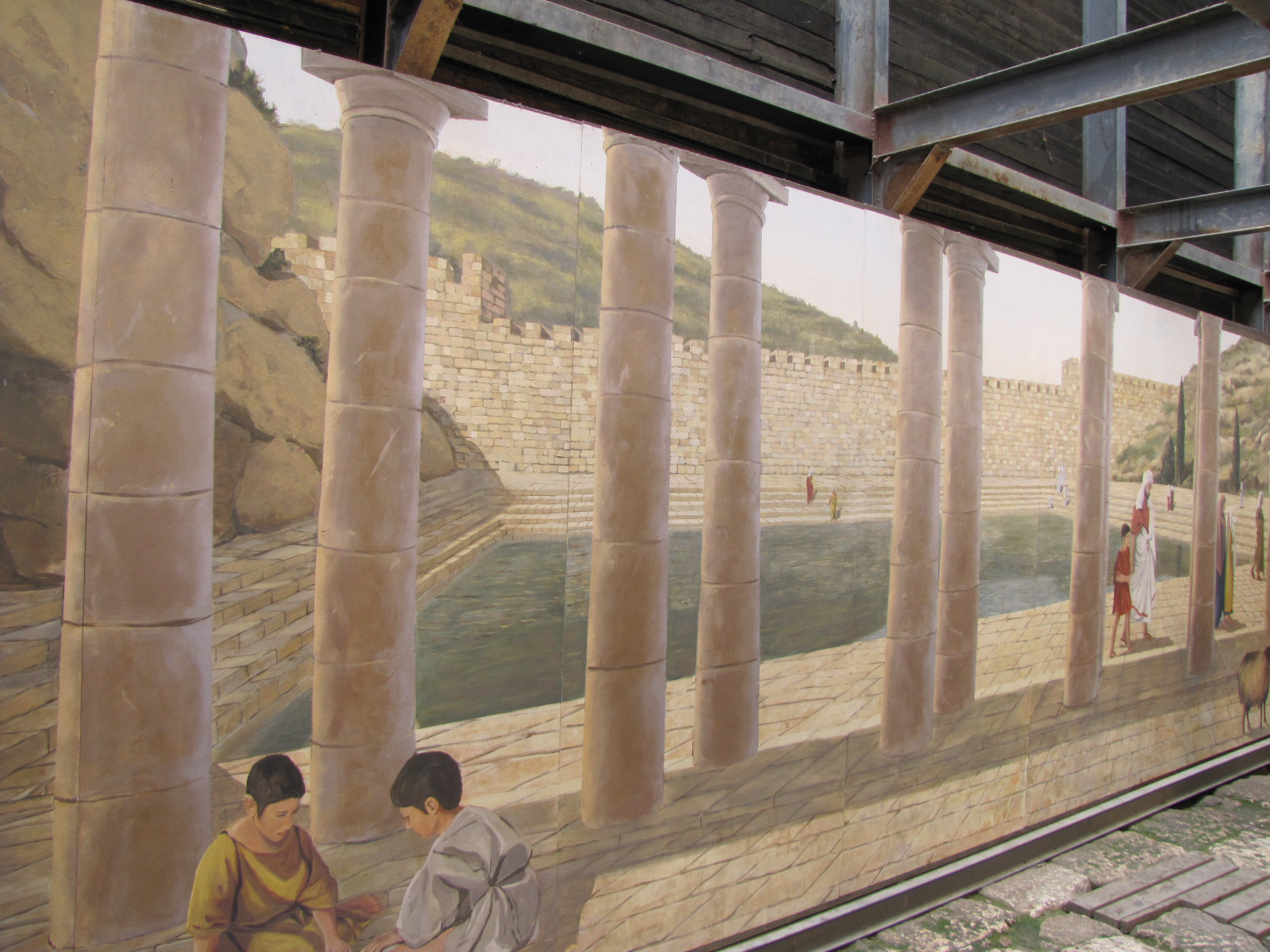
This is an illustration of what the Pool of Siloam would have looked like. The photo above corresponds to the left side of this image. The area shown on the right side of the image is still unexcavated and so, still buried. The actual Herodian pavement can be seen in the bottom right corner of this picture in its actual relative position to the pool.
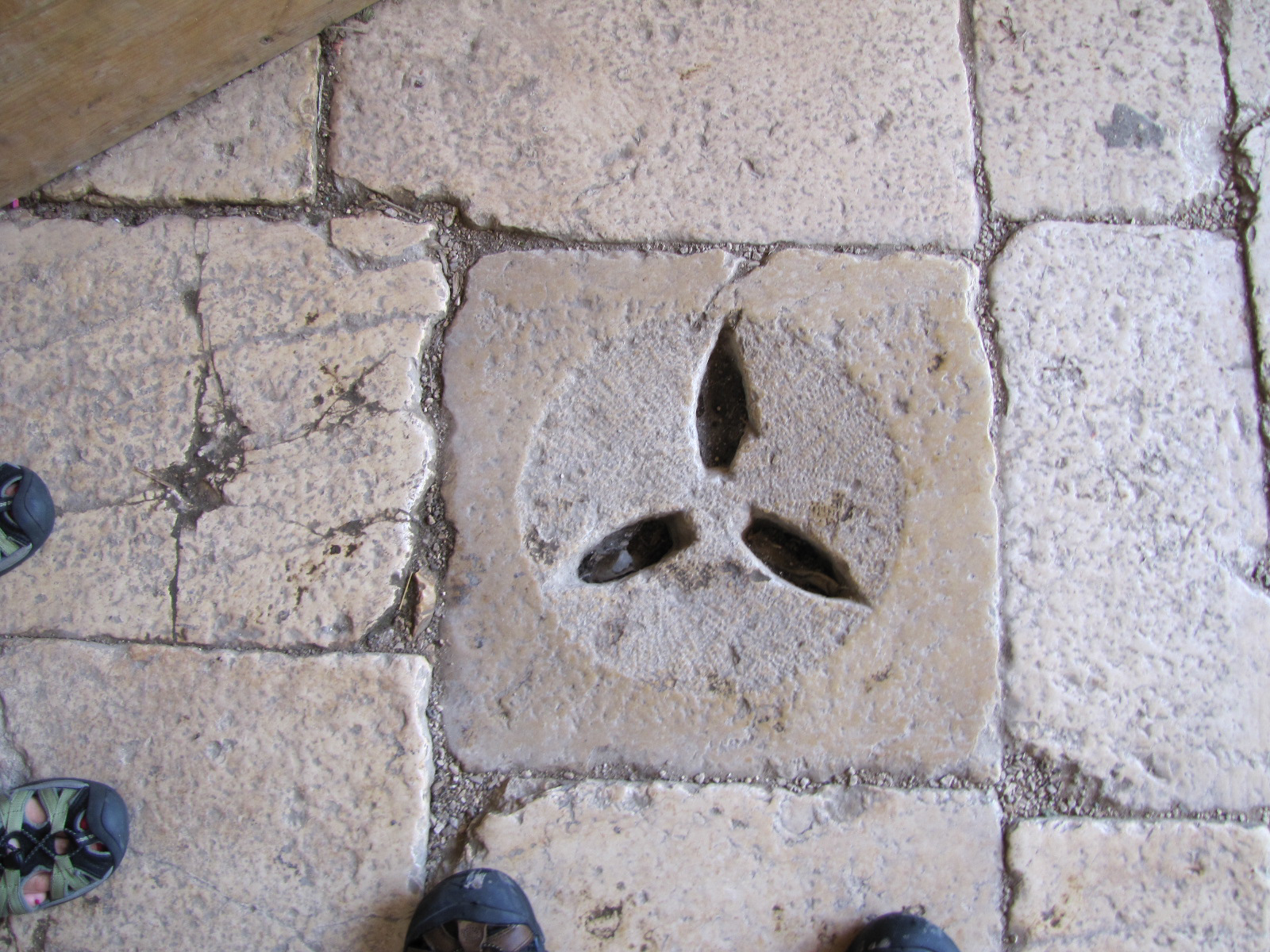
A drain in the Herodian pavement by the Pool of Siloam.
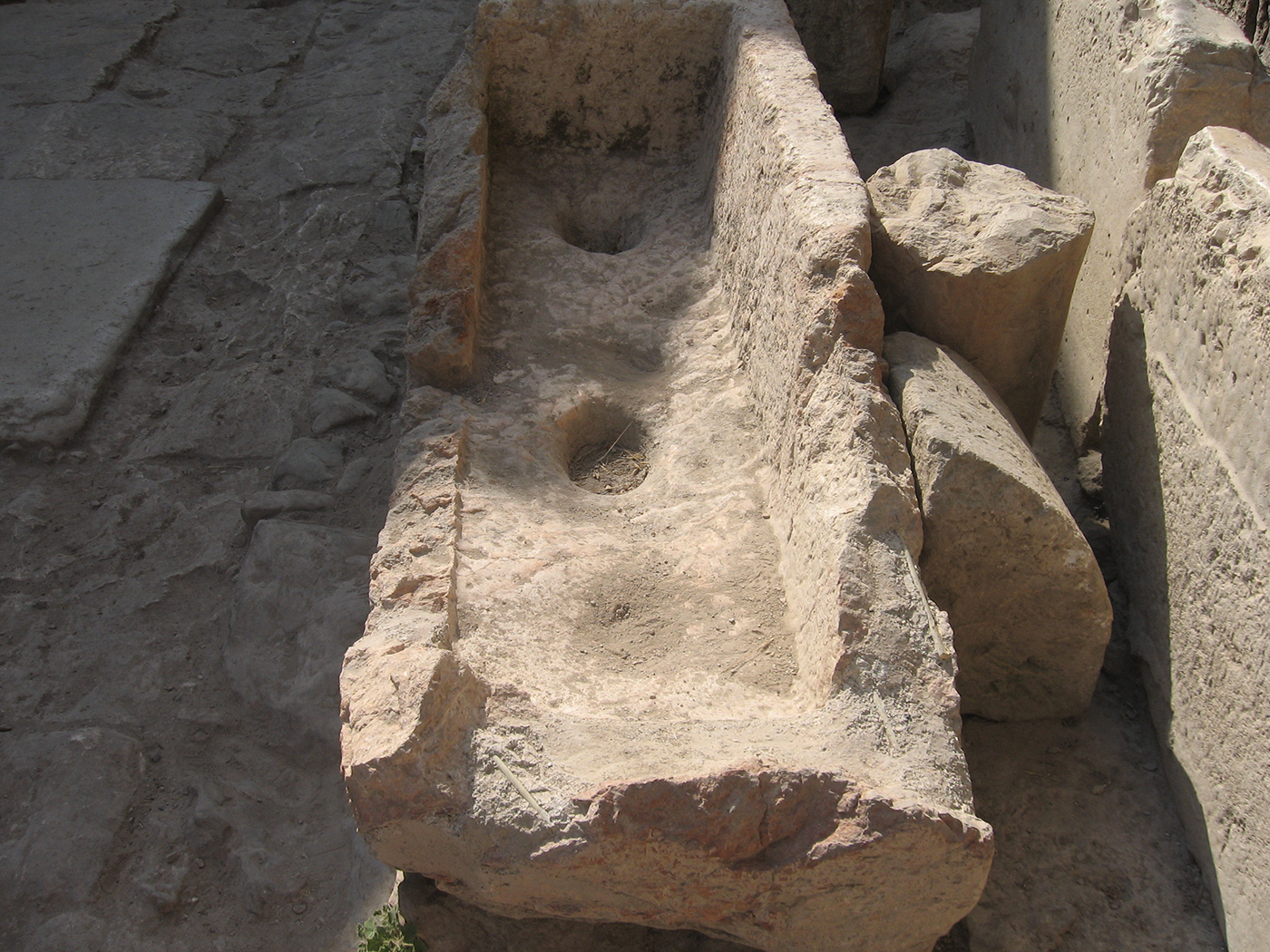
A water trough beside the Pool of Siloam has holes to support water jugs as they were being filled.
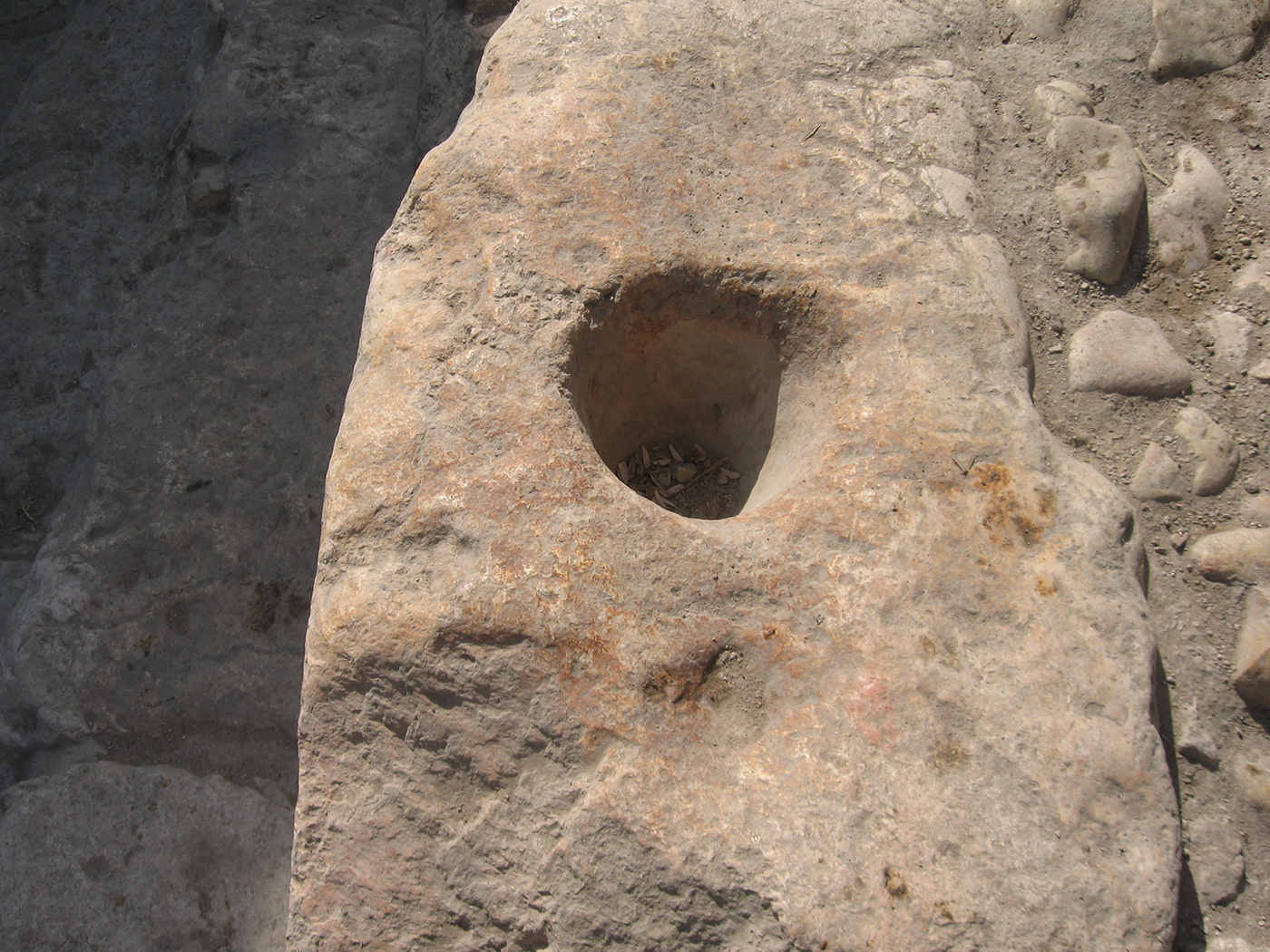
A beveled hole in one of the steps at the Pool of Siloam, used to hold a beveled water jug.
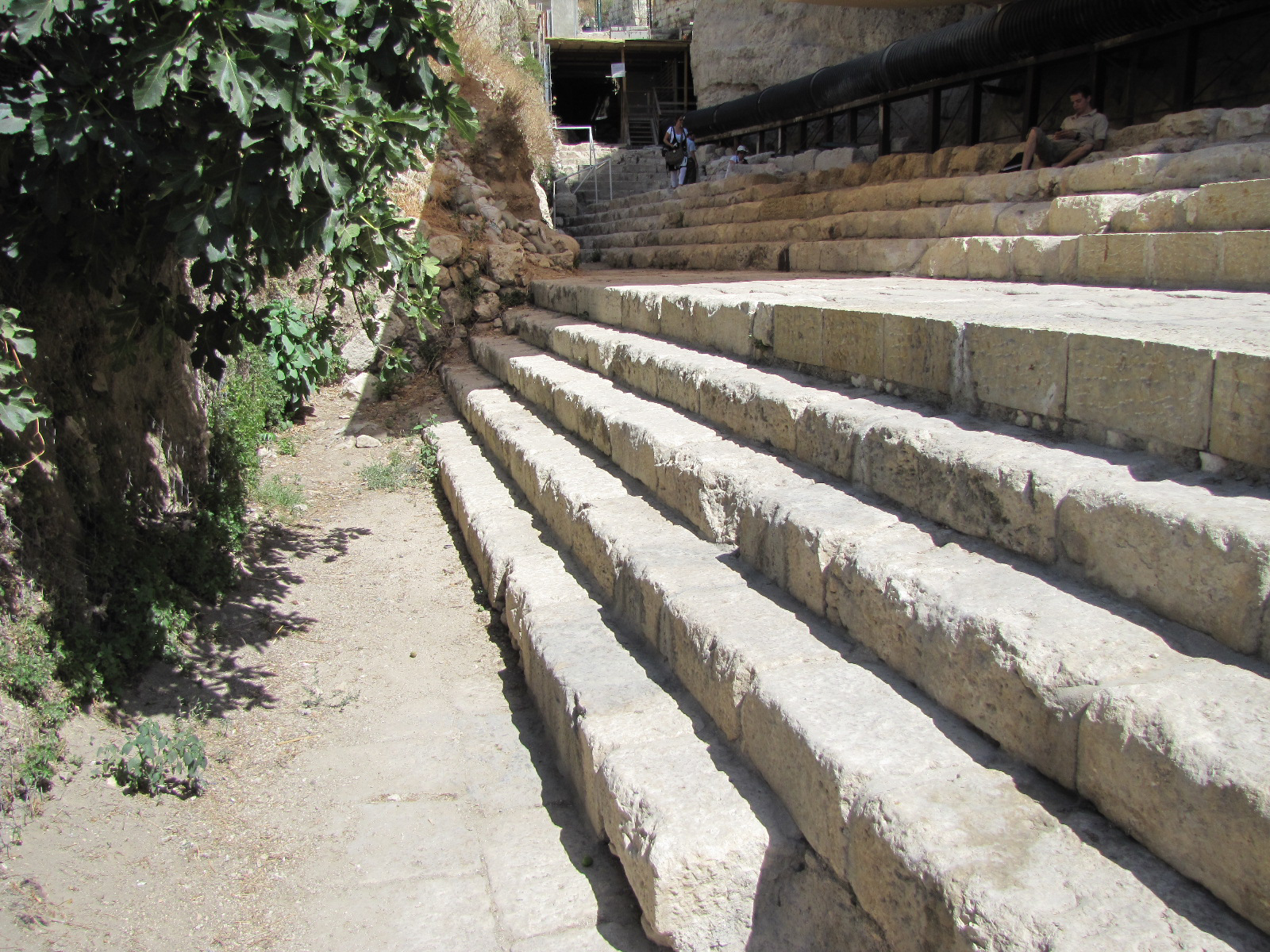
A photo from inside the Pool of Siloam looking up at the excavated side. The left of the photo remains unexcavated as of 2010. This site was discovered in 2004.
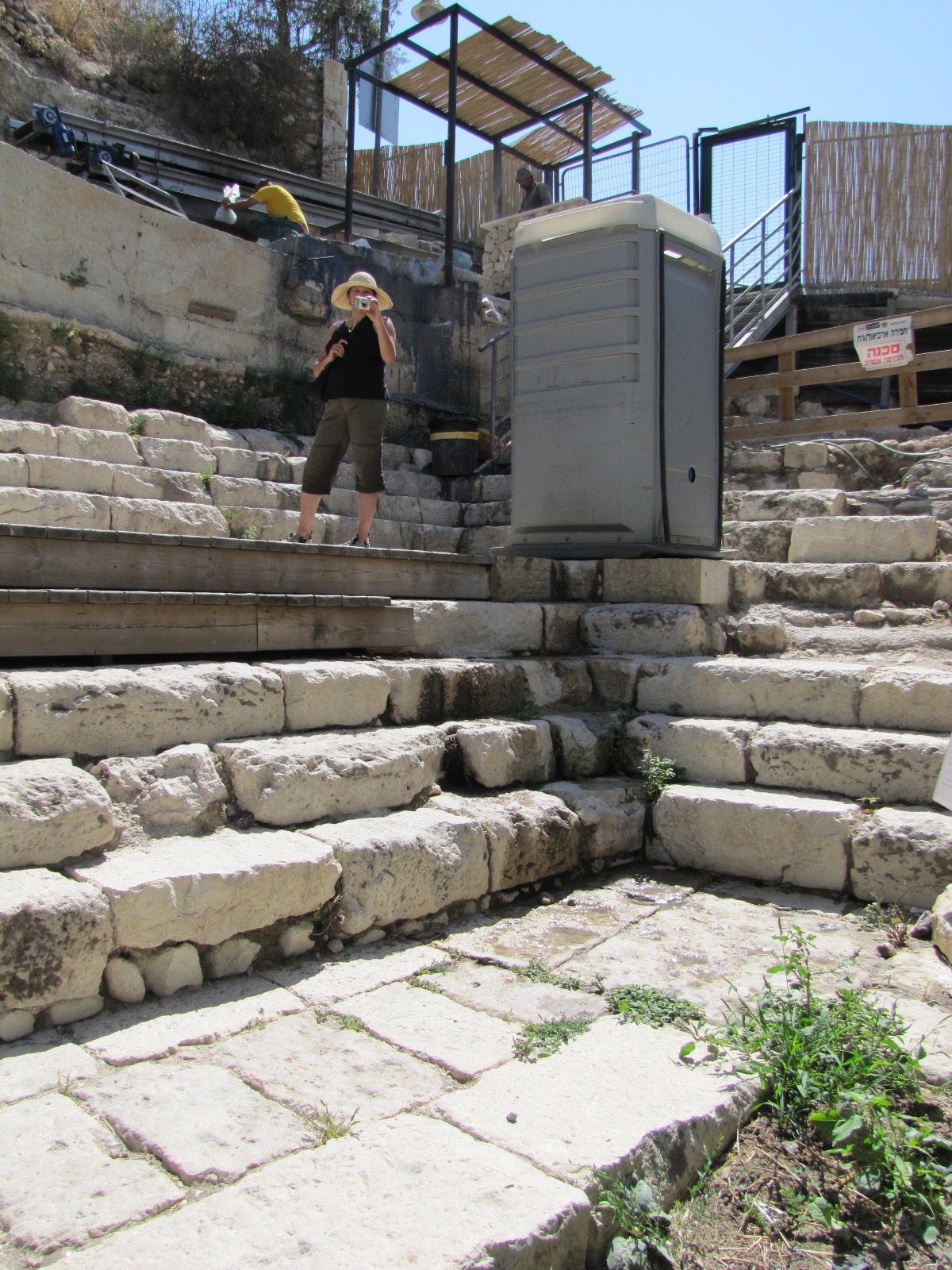
Toni and Galyn exchange photos from the top and bottom of the Pool of Siloam while excavation continues at the site.
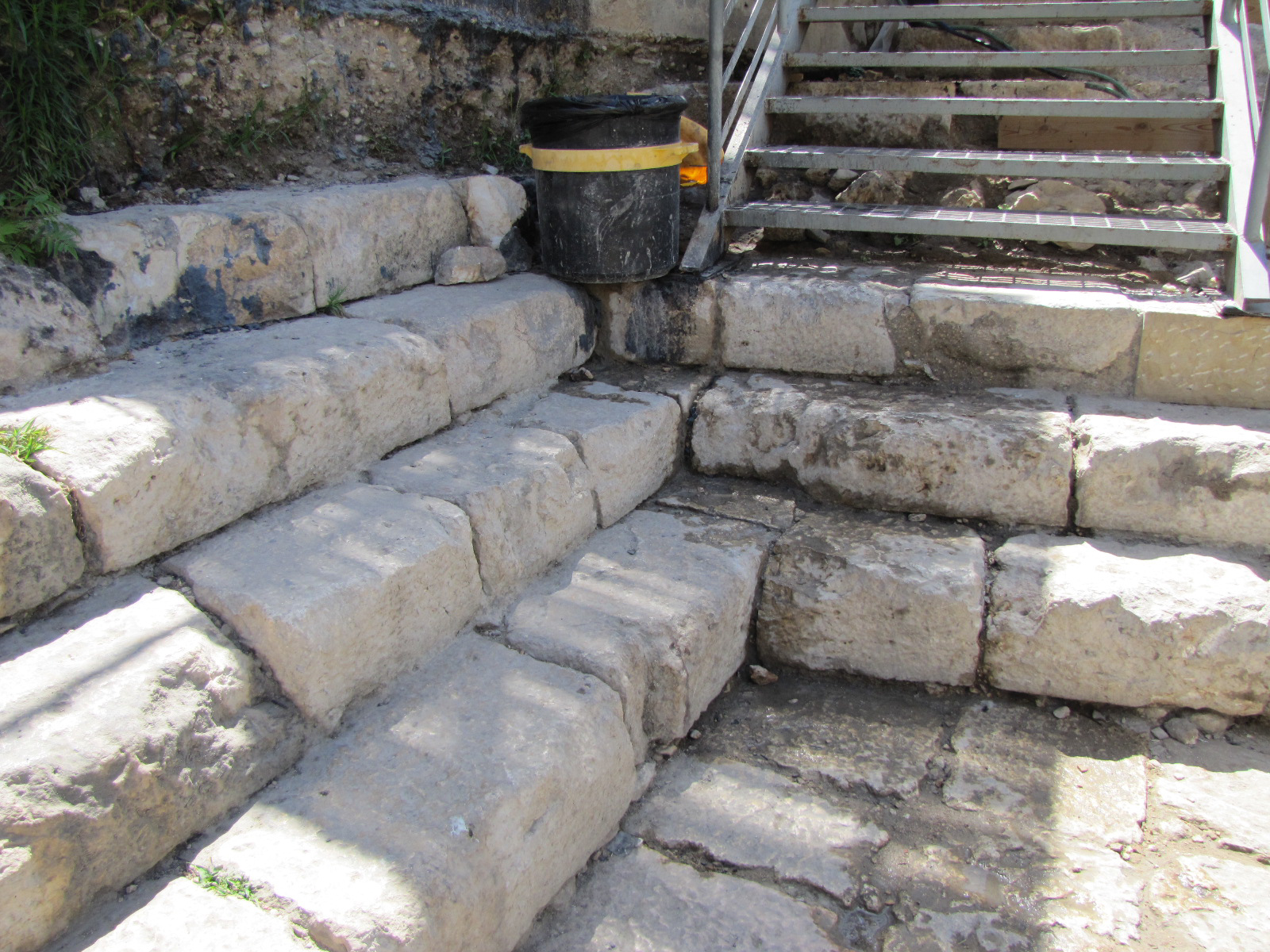
One of the four corners of the Pool of Siloam.